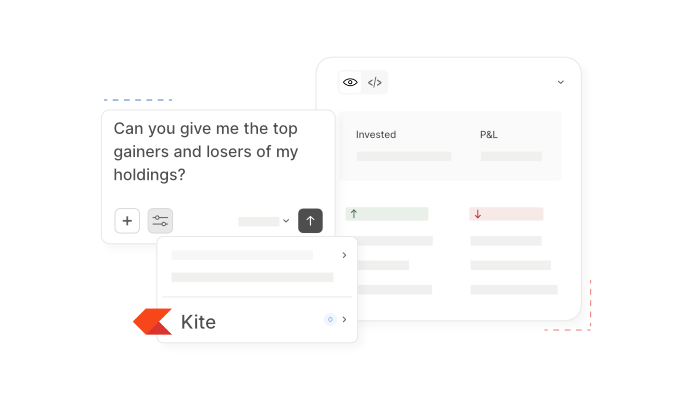This article has been contributed by Manali Sanghvi, Founder, Hexafun.
Great products deserve to be seen. And great design is how they’re remembered. When it comes to consumer loyalty, much of the conversation centers around product quality, competitive pricing, or marketing buzz. But often, what nudges a consumer from curiosity to conversion—and from one-time buyer to repeat customer is far simpler: how the product looks, where it shows up, and how easy it is to access. In an environment where attention is scarce and competition is high, the way a product presents itself can be just as important as what’s inside.
Packaging is the First Conversation
The way a product is packaged is its first chance to connect with a customer. On shelves or screens, it’s what makes someone pause, notice, and consider. Today, packaging isn’t just functional, it’s expressive. According to NielsenIQ, well-executed primary packaging can communicate similar product and brand perceptions as secondary packaging, influencing factors like brand fit, perceptions of premiumness, product expectations, and purchase interest. It’s also social. We’ve learnt that consumers are more likely to share a product online if its packaging feels premium or visually distinctive. The design cues that perform best? Clarity, intentionality, and relevance. Packaging with bold, minimal visuals and authentic messaging can increase recall and trust, particularly among younger shoppers.

Visibility is a Strategy, Not a Coincidence
Products don’t move if they’re not seen. Visibility whether in retail aisles, app carousels, or algorithmic feeds, is a performance lever that’s often underestimated. On e-commerce platforms, products on the first page get at least 80% of all clicks, with the first three listings capturing at least 60% of those clicks, according to Jungle Scout.
In retail, products placed at eye level or on end caps can see significantly higher sell-through rates, emphasizing the importance of strategic placement. Context dictates what stands out. In cluttered digital grids, clean visuals interrupt the scroll. In sparse environments, playful color or human presence can anchor attention.

What Makes People Come Back?
Getting someone to buy once is good. But the goal is to have them come back. The key is consistency. When someone sees us again, they should feel like, “I know this brand, I liked it the last time.” We update our designs without changing who we are. Familiarity builds trust.
Accessibility isn’t Just About Price
Affordability plays a role. But accessibility also means ease of use, clarity of value, and low friction. Baymard Institute’s 2023 UX benchmark shows that 17% of online shoppers abandon purchases due to complicated checkouts, while 13% exit because product information isn’t clear enough. These aren’t pricing issues—they’re design and usability breakdowns.
Consumers reward clarity. They convert faster when the product is easy to understand and effortless to act on.
Quick Commerce and the Rise of the Impulse Buy

Quick commerce isn’t just speeding up delivery, it’s reshaping how people buy. Platforms like Zepto, Blinkit, and Swiggy Instamart are shifting discovery from need-driven to mood-driven. In India’s fast-evolving quick commerce landscape, products featured in app banners and curated collections convert 2.5x–5x higher than those buried in search, according to RedSeer. Impulse purchases are visual decisions. If a product doesn’t speak immediately, it’s skipped. What gets bought is what gets seen, understood, and emotionally clicked with—instantly.
The Repeat Purchase Equation
Trial is about curiosity. Repeat is about clarity, trust, and memory. Consumers are more likely to repurchase a product if its packaging remains visually consistent. Familiarity drives re-engagement. Changing that visual identity too often or too drastically risks disconnection. Consistency matters. People come back to what they recognize and what they can find again with ease. Disruption only works when it strengthens memory—not when it resets it.
Social Media is the New Shelf
Discovery no longer begins in a store. It begins on a scroll. Instagram has emerged as a key platform for product discovery. According to Sprout Social’s 2025 report, 61% of social media users turn to Instagram when searching for their next purchase, making it the top destination for discovery. Features like Reels and Stories have become especially influential, with these video formats leading in popularity and driving brands to amplify their presence to engage audiences more effectively.
Pinterest’s Predicts Report confirms that products with neutral-toned, lifestyle-friendly packaging are saved and shared more often than hyper-branded, text-heavy visuals. Ultimately, design that feels natural and authentic within a user’s digital experience outperforms anything that feels overly promotional. In today’s feed, the scroll is the new shelf, rewarding relatability over pushy sales tactics.
Conclusion
Packaging, visibility, and accessibility are no longer surface-level concerns. They determine whether a product is tried, talked about, and bought again. The market is fast, visual, and emotionally driven. What gets noticed, gets bought. What gets remembered, gets repeated. And what’s clear, contextual, and consistent has a serious edge. Great products deserve attention. And in today’s world, that attention has to be earned by design.



























